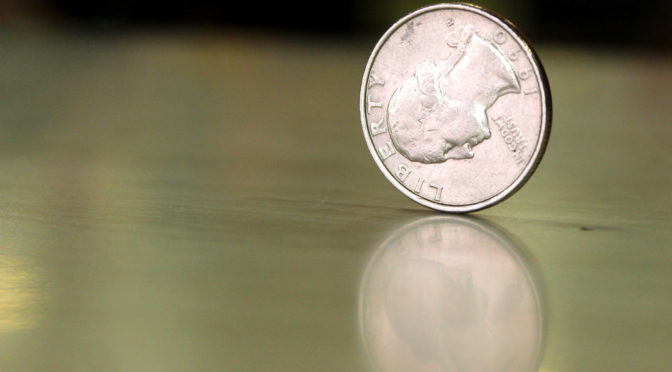Cambodia skipped land lines and jumped straight into mobile phones. Mongolia skipped wired internet connections and jumped straight into cellular internet. Technologies have changed these countries, and many others, and have given them a ticket to play in emerging economies.
That is great to see.
I have seen children in rural areas sitting on the back of buffaloes doing homework on their ipads. I have seen handicapped people navigating the physical world confidently with the aid of smart devices. Today, I saw a Mongolian nomad on horseback with a hunting eagle on one arm and a cellphone in the other.
That is great to see.
But I have also seen people roaming urban streets with their eyes glued to screens, drivers negotiating busy traffic while playing games, couples having dinner in silence each busy with their own private screens.
You get the point. And I fear we are becoming desensitised to such sights as they are becoming the norm.
A few days ago, I saw a young child walking on a trail in China. Instead of picking up flowers or holding pine cones, she was clutching a mobile phone, neck bent, feet stumbling over rocks, little fingers moving tiny colourful dots around the screen. Instead of tuning into the sound of nature and looking up at the sky, she let her senses trapped into the little smart device that was built to serve, not to imprison.
My heart ached.
But technologies are not the problem. It is up to us how we use them.
As technologists, we need to be aware that a coin always has two sides.
Sometimes we need to look hard enough to find the third side.

